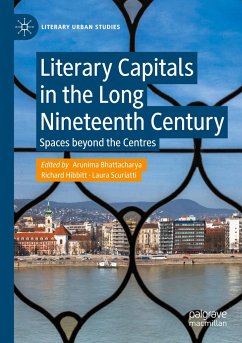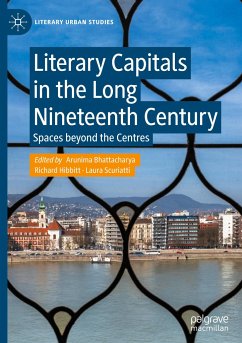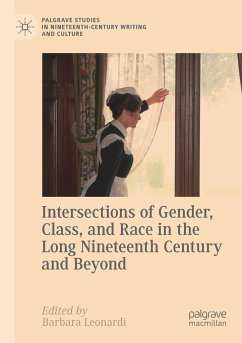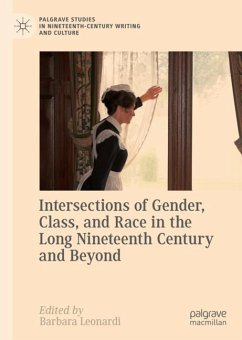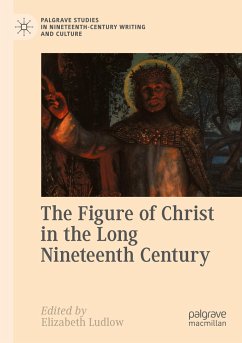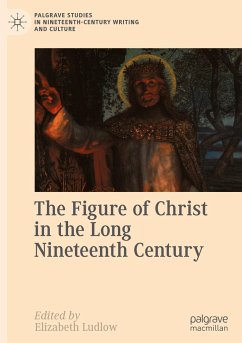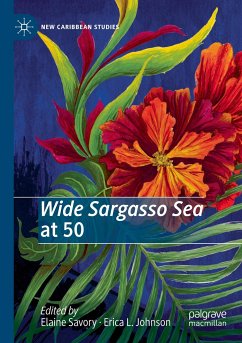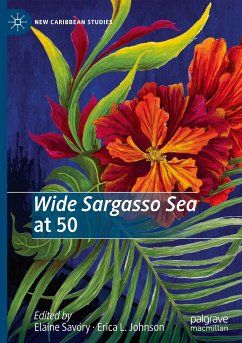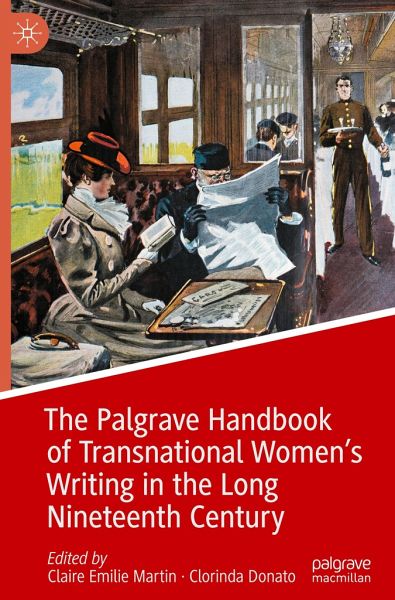
The Palgrave Handbook of Transnational Women's Writing in the Long Nineteenth Century

PAYBACK Punkte
107 °P sammeln!
This handbook explores the rich and as yet understudied field of women's writing during the nation-building years that characterized the global politics of the long nineteenth century. In the wake of the American and French Revolutions, the waning of the Spanish Empire, subsequent Latin American uprisings, and the Italian Risorgimento, nineteenth-century women writers cracked wide open the myths of gender, race, and class that had sustained the ancien régime. This volume shows that the transnational networks of women writing about politics, sexuality, economics, and the forging of the modern ...
This handbook explores the rich and as yet understudied field of women's writing during the nation-building years that characterized the global politics of the long nineteenth century. In the wake of the American and French Revolutions, the waning of the Spanish Empire, subsequent Latin American uprisings, and the Italian Risorgimento, nineteenth-century women writers cracked wide open the myths of gender, race, and class that had sustained the ancien régime. This volume shows that the transnational networks of women writing about politics, sexuality, economics, and the forging of the modern nation were much broader and more inclusive at a global level than has previously been understood. The handbook uniquely foregrounds French, Italian, Latin American, and Spanish women writers, focusing on the transnational nature of their relationships and cultural production within a growing body of research that casts an ever-wider net in the effort to document women's voices.






